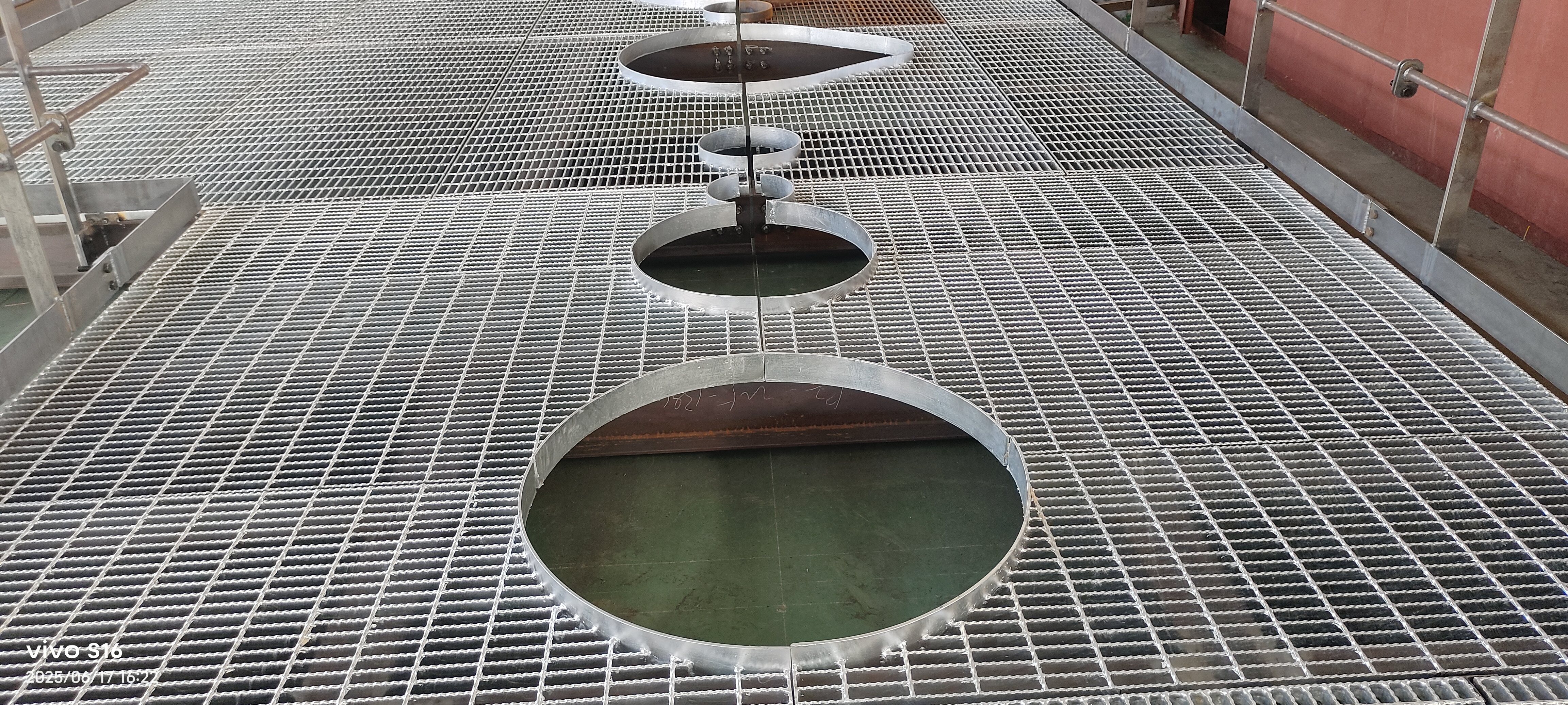In the world of industrial coatings and surface finishing, the quality of the final product is only as good as the preparation that came before it. This is where profiled steel grit emerges as a critical component for B2B operations. More than just a simple abrasive, it is a strategic tool for achieving superior adhesion, enhancing durability, and optimizing the efficiency of your blasting processes. For any business involved in manufacturing, infrastructure maintenance, or fabrication, understanding the benefits of this material is key to ensuring long-term project success.
What is Profiled Steel Grit?
Profiled steel grit is a high-performance abrasive media made from crushed steel that has been heat-treated and tempered to create a hard, angular shape. Unlike rounded steel shot, its sharp, multi-faceted profile allows it to aggressively clean and etch surfaces. This action removes rust, old coatings, mill scale, and other contaminants while simultaneously creating an ideal anchor pattern, or “profile,” for new paints, coatings, and thermal spray applications.
Key Benefits for B2B Clients
Choosing profiled steel grit offers distinct advantages for businesses focused on quality and efficiency:
- Superior Surface Adhesion: The angular profile created by steel grit provides an optimal surface roughness for coatings to mechanically bond. This significantly improves coating adhesion and longevity, reducing the risk of premature failure and costly re-work.
- Enhanced Durability & Reusability: Unlike single-use abrasives like sand or slag, profiled steel grit is incredibly durable. It can be collected, cleaned, and recycled through a blasting system hundreds of times, leading to massive savings on material costs and a dramatic reduction in waste.
- Increased Productivity: The high density and aggressive nature of steel grit allow for faster cleaning and stripping rates. This means your team can prepare more surface area in less time, boosting overall operational efficiency.
- Reduced Environmental Impact: Because it creates significantly less airborne dust than lighter abrasives, profiled steel grit improves workplace safety and minimizes the need for extensive dust collection systems, helping businesses meet strict environmental regulations.
Types and Specifications
Profiled steel grit comes in a variety of grades and sizes to meet specific project needs. The “profiled” nature refers to its angular shape, while the specific grade refers to its size and hardness.
- Size (Grit Number): The grit number corresponds to the particle size. A larger number (e.g., G-80) indicates a smaller, finer particle used for a smoother finish. A smaller number (e.g., G-14) indicates a larger, coarser particle used for aggressive cleaning and creating a deep profile.
- Hardness: Hardness is measured on the Rockwell scale and determines the grit’s cleaning power and longevity. A harder grit will clean more aggressively but may wear down faster, while a softer grit is less aggressive but more durable.
The right choice of size and hardness is crucial for achieving the desired surface finish without causing damage to the underlying material.
Conclusion
For any B2B operation where surface preparation is a key step, investing in profiled steel grit is a smart move. It’s a strategic choice that directly impacts the quality of your finished products, streamlines your processes, and reduces long-term operational costs. Its ability to deliver a perfect surface profile, combined with its reusability and efficiency, makes it an indispensable tool for achieving excellence in industrial blasting and coating applications.
Frequently Asked Questions
1. What is the main difference between steel grit and steel shot? The primary difference is shape. Steel grit is angular, while steel shot is spherical. Grit is used to create an etched surface profile for coatings, whereas shot is used for peening, polishing, and descaling.
2. How many times can steel grit be reused? Profiled steel grit is highly reusable, often lasting for hundreds of cycles in a well-maintained blasting system. Its exact lifespan depends on the hardness of the grit, the material being blasted, and the efficiency of the recycling system.
3. What types of projects is steel grit best for? It is best for applications that require an anchor profile for paint, coatings, or linings. This includes preparing steel structures, heavy machinery, pipes, bridges, and other components for long-lasting protective finishes.
4. Is steel grit safer than other abrasive media? Yes. Unlike silica sand, profiled steel grit does not create hazardous airborne crystalline silica dust. Its low dust creation makes it a much safer and cleaner abrasive for both operators and the surrounding environment.
Post time: Aug-26-2025

